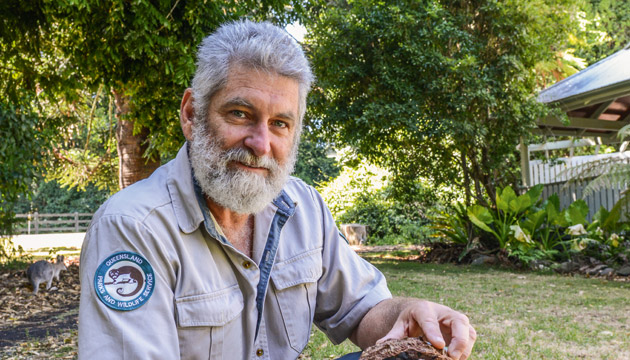Queensland’s second oldest national park, Bunya Mountains, is a treasure-trove of scenic, cultural and historic wonders, beckoning those who love hiking, camping or picnicking.
Story and photos Ken Eastwood
It’s a busy forest. Up here, around 1000 metres above sea level, in a tangled deep-green subtropical world, with bloodwoods, bolly gums and booyongs towering overhead, the scrubwrens and fantails are flitting and twittering around the track. Male bowerbirds try to attract females to their bowers with flashy blue adornments, while whipbirds dig up worms. Around the corner, a waterfall cascades into a pool, beside evidence of the cedar-getters who harvested timber here for decades. Every so often the walking track breaks into an open grassland with stupendous views over thick forest and a horizon of flat farming country, before diving back into dark bushland overseen by hoop pines, where large-leaved palm lilies up to 5m tall are considered the ‘understorey’.
But the main arboreal attraction in Bunya Mountains National Park, 75 kilometres north of Toowoomba in south-east Queensland, is the 45m high bunya trees. Ancient relics that grew at the time of the dinosaurs, these robust giants have 8-kilogram, soccer-ball-sized pine cones, each containing 50 to 100 almond-like nuts.
This story excerpt is from Issue #112
Outback Magazine: Apr/May 2017










